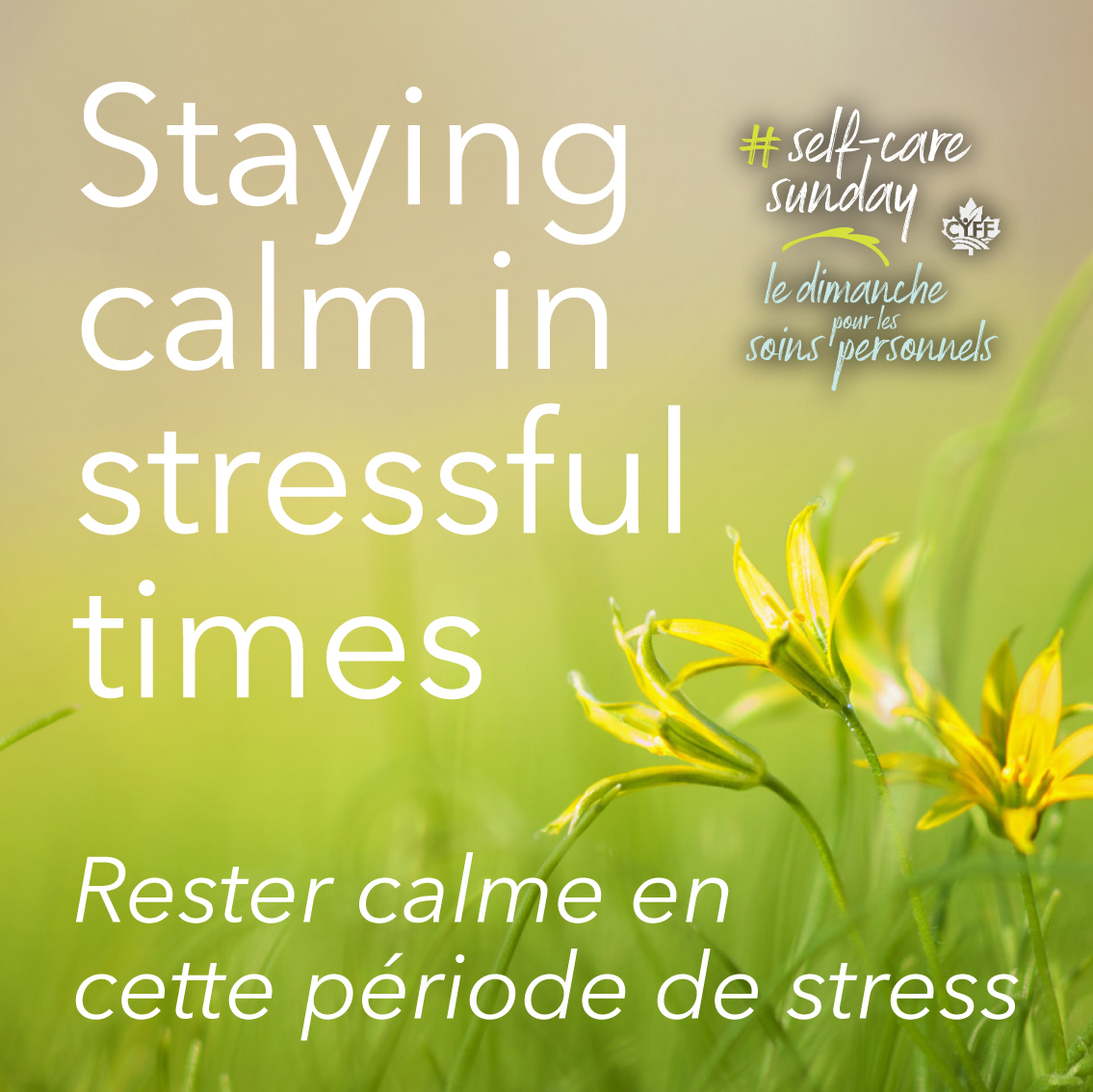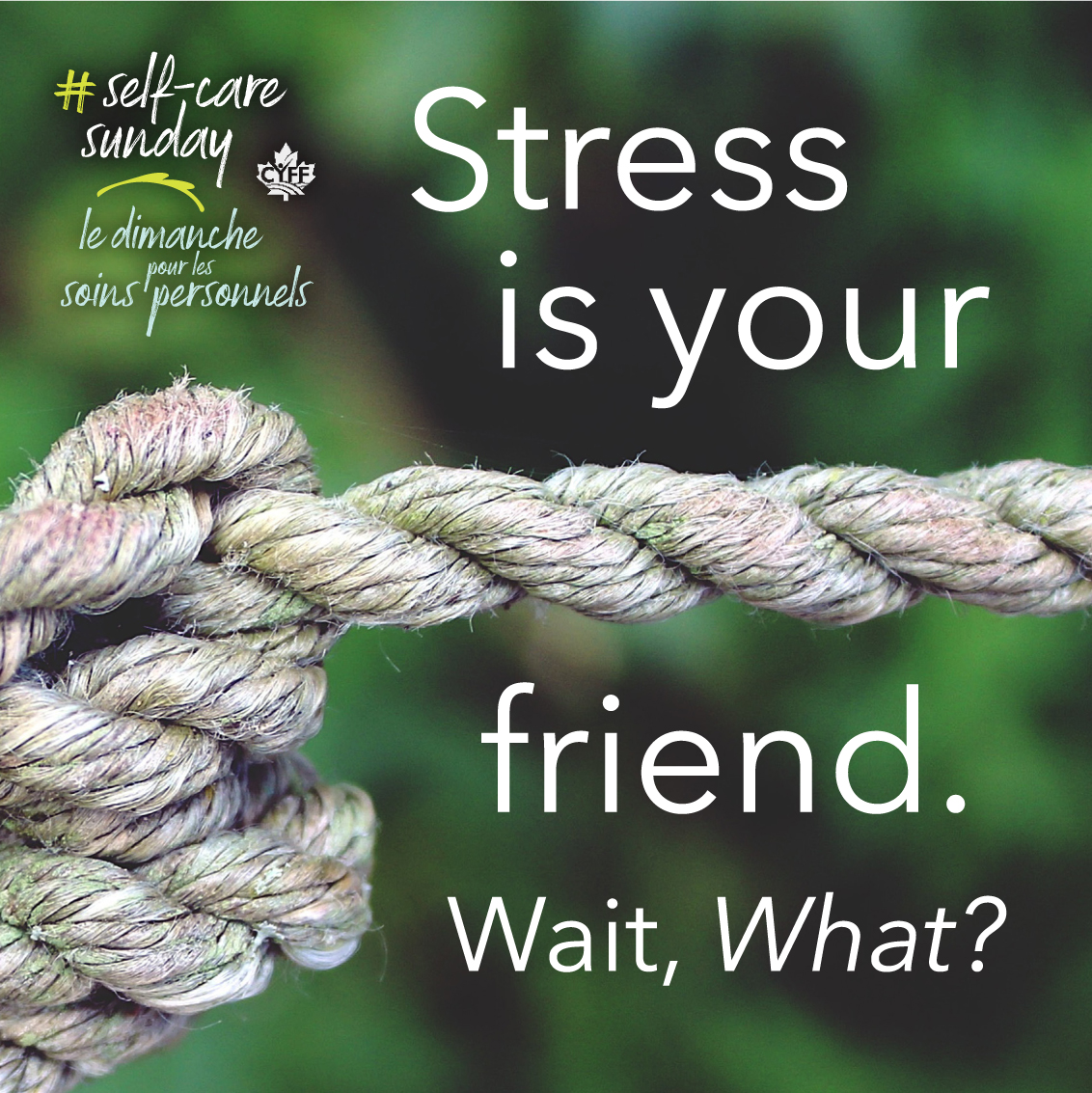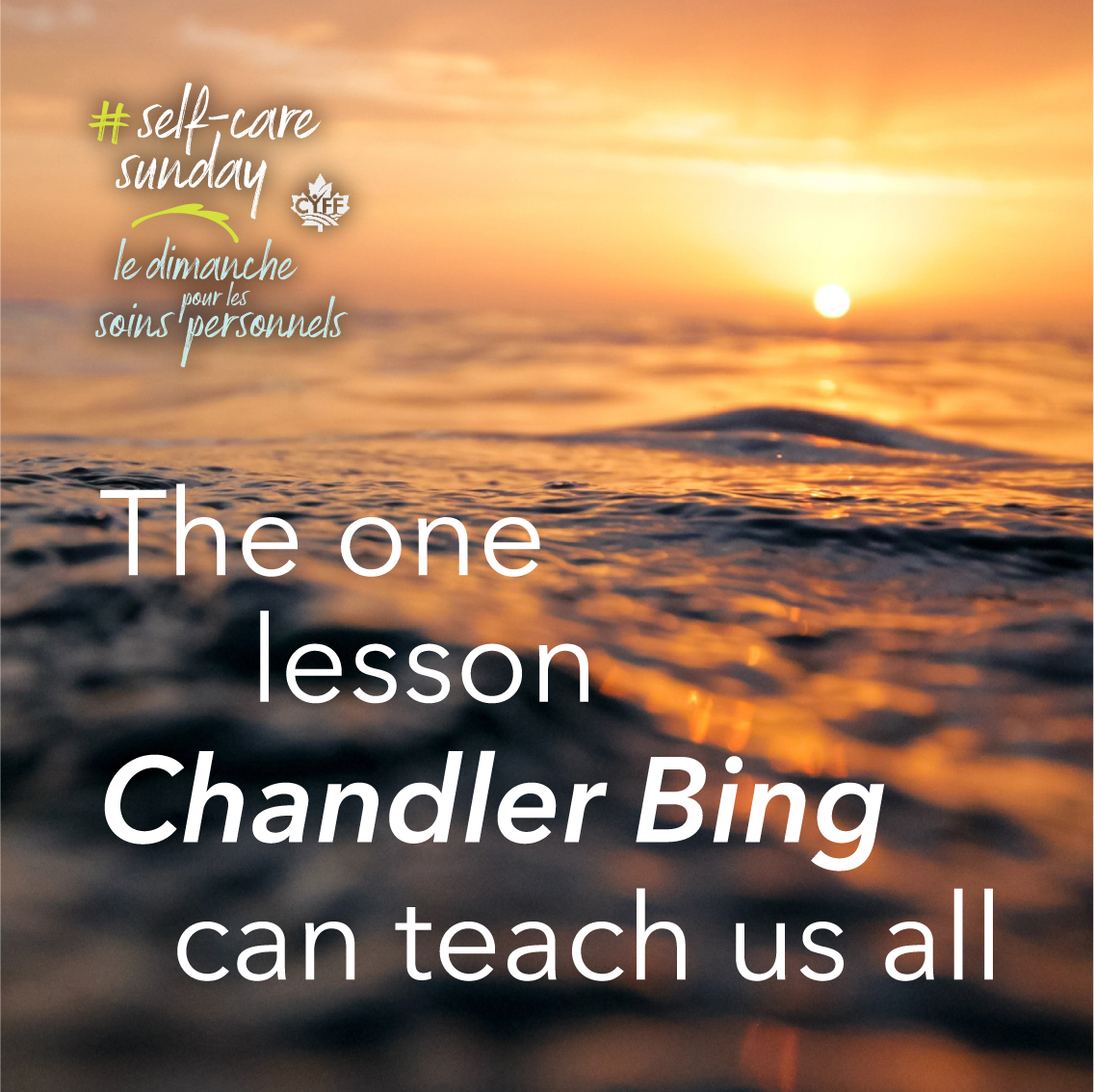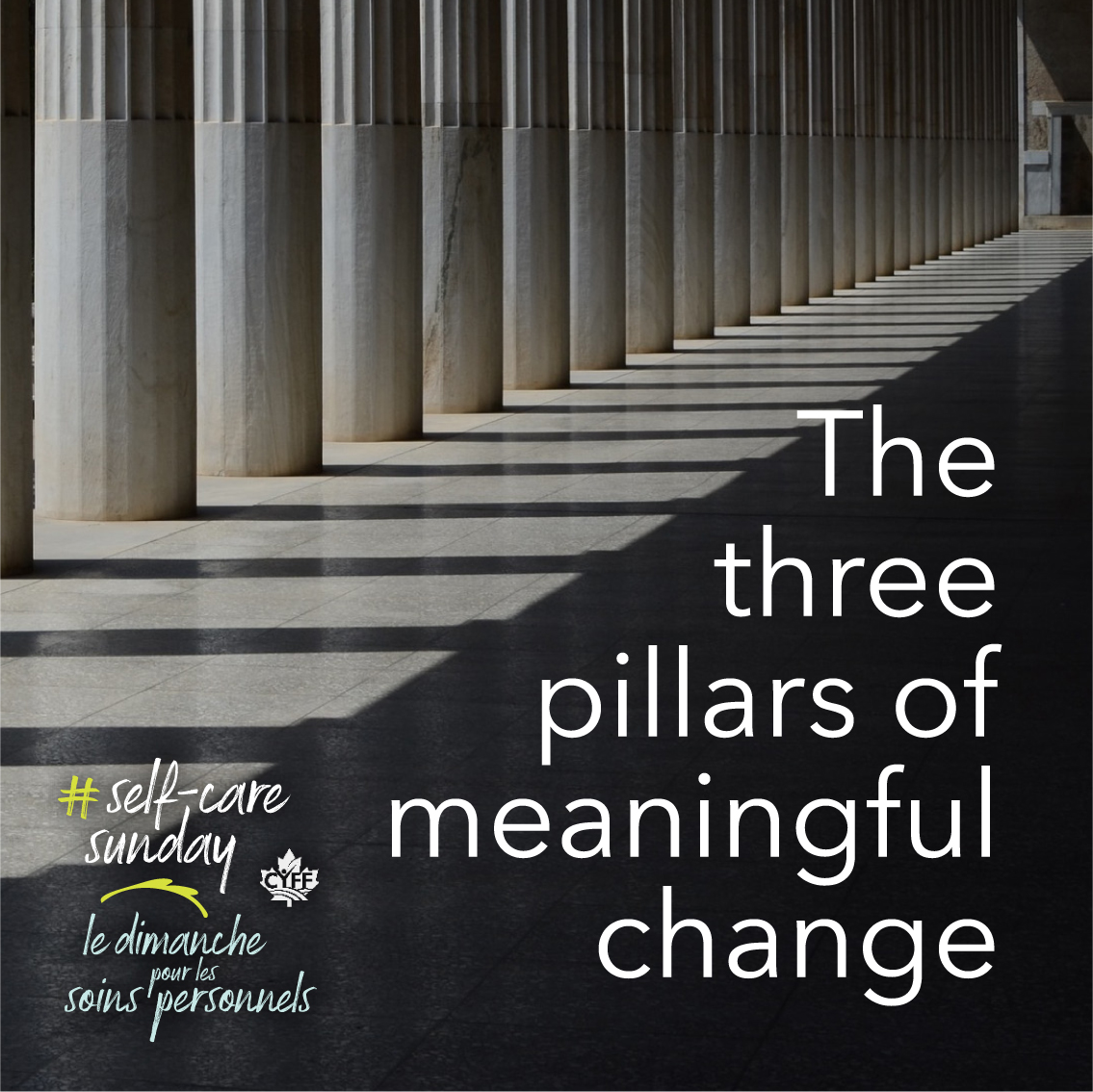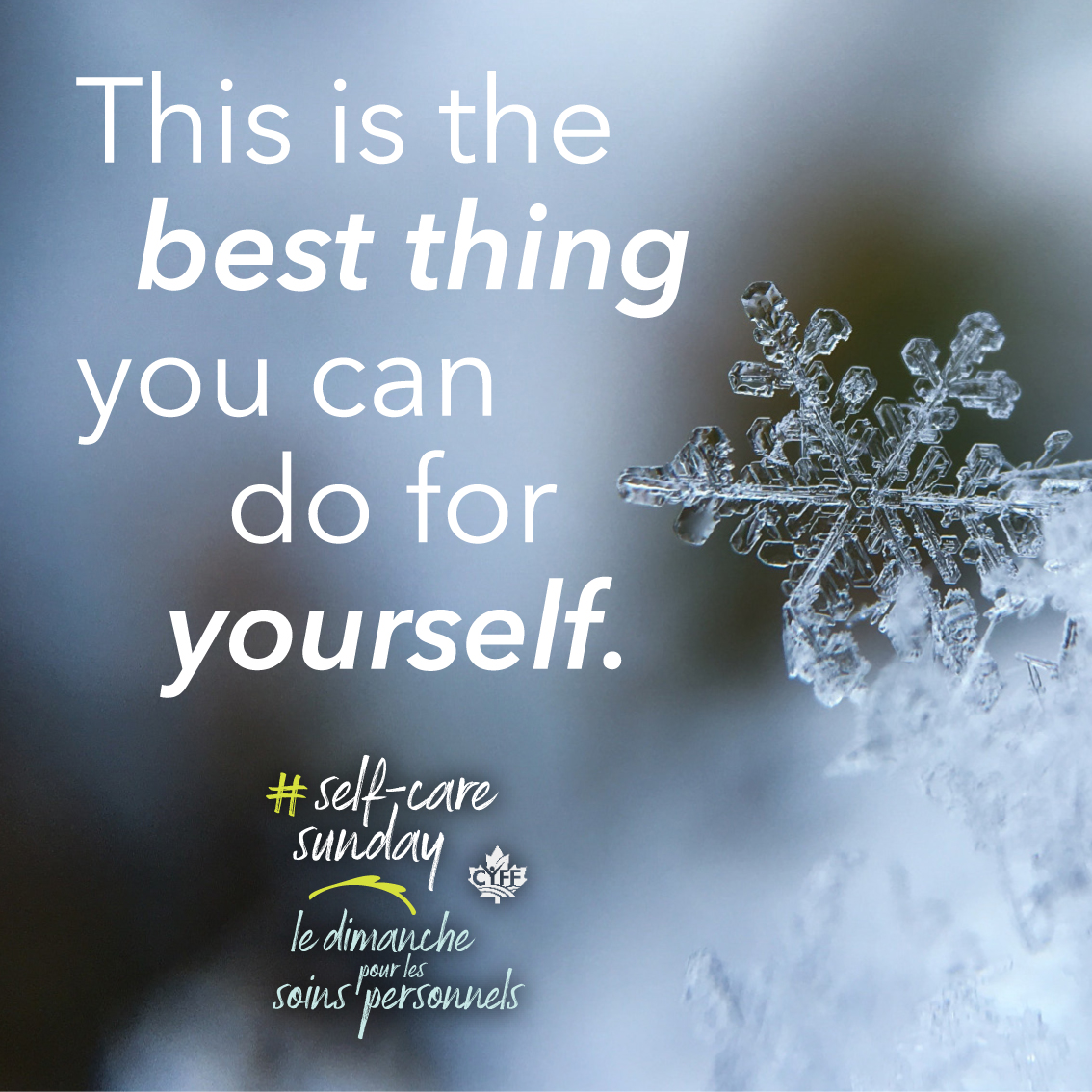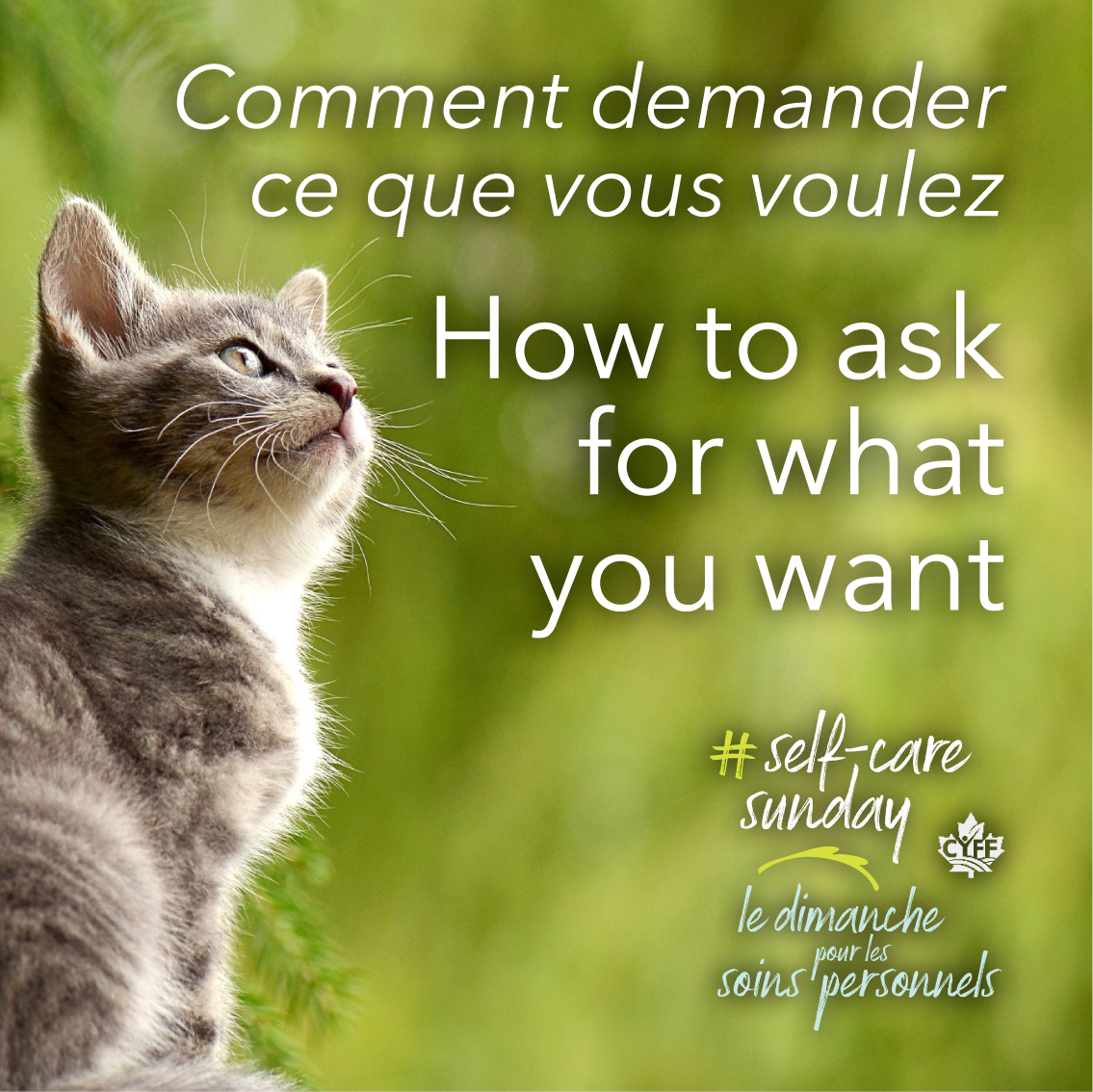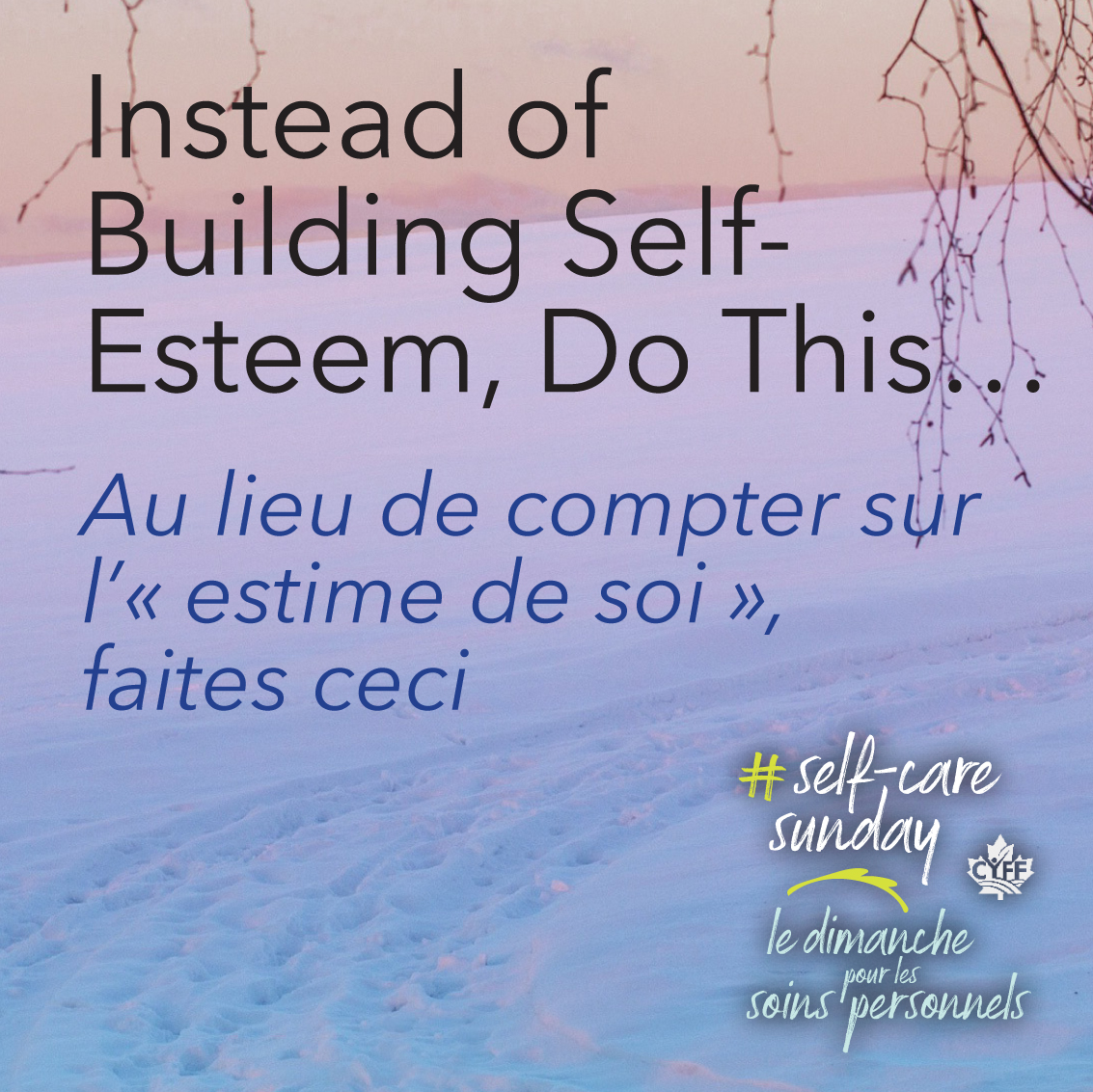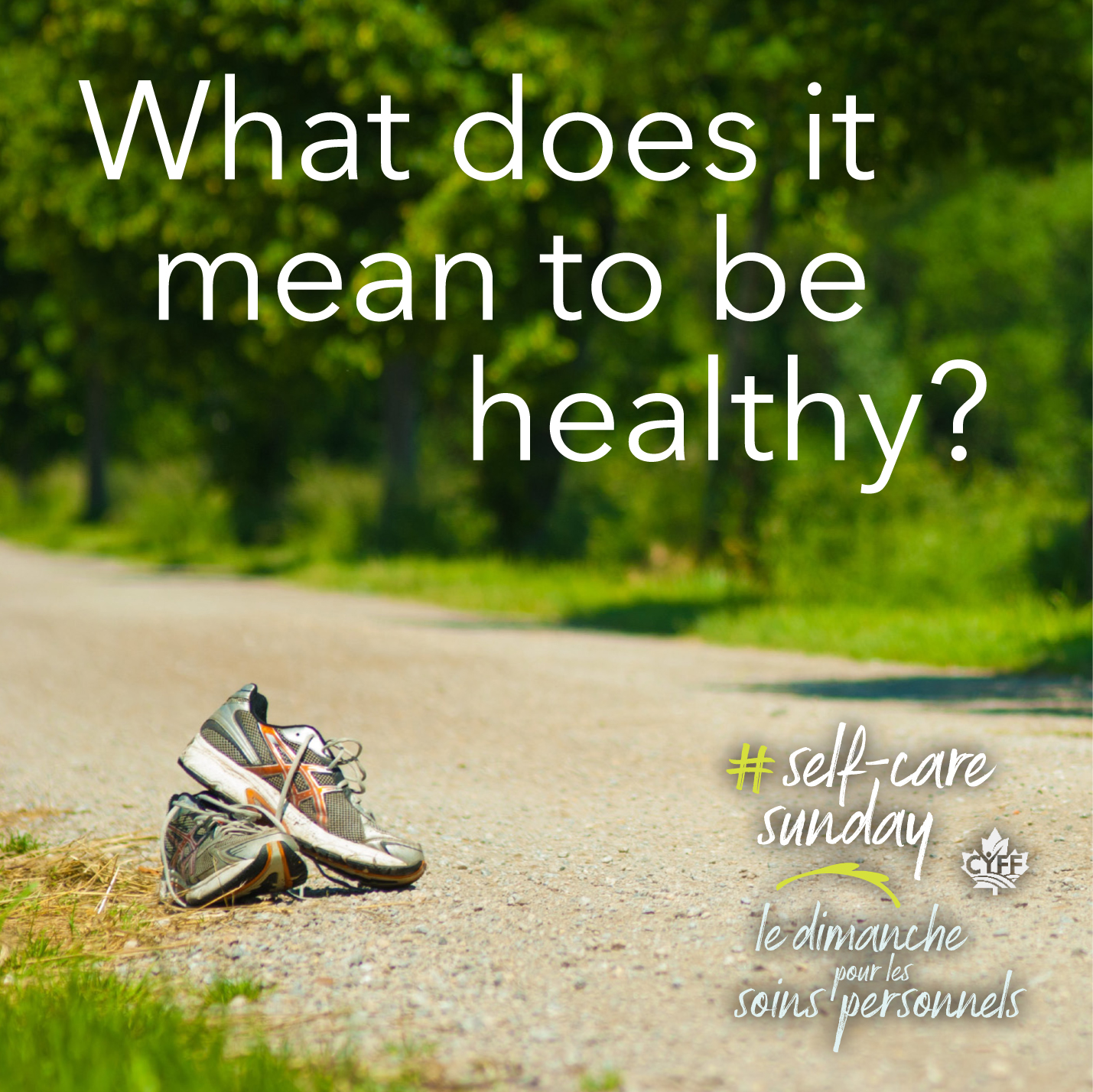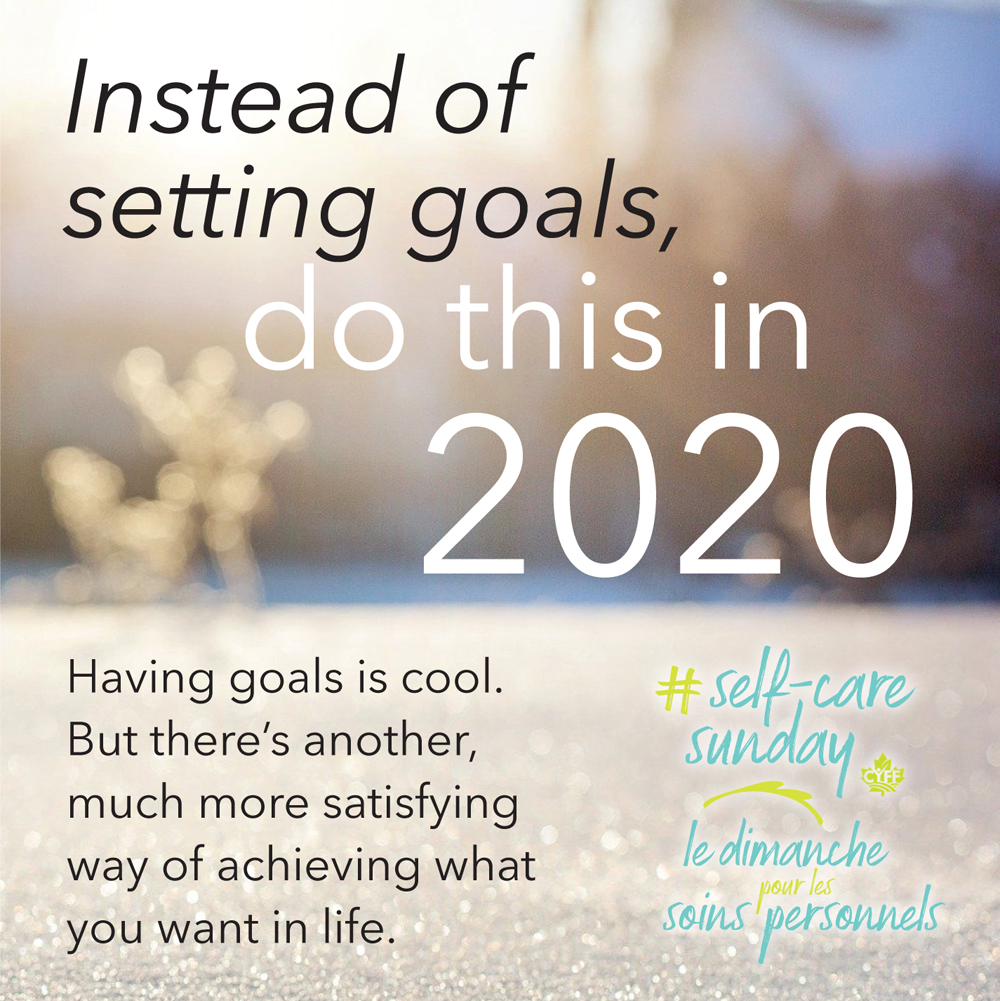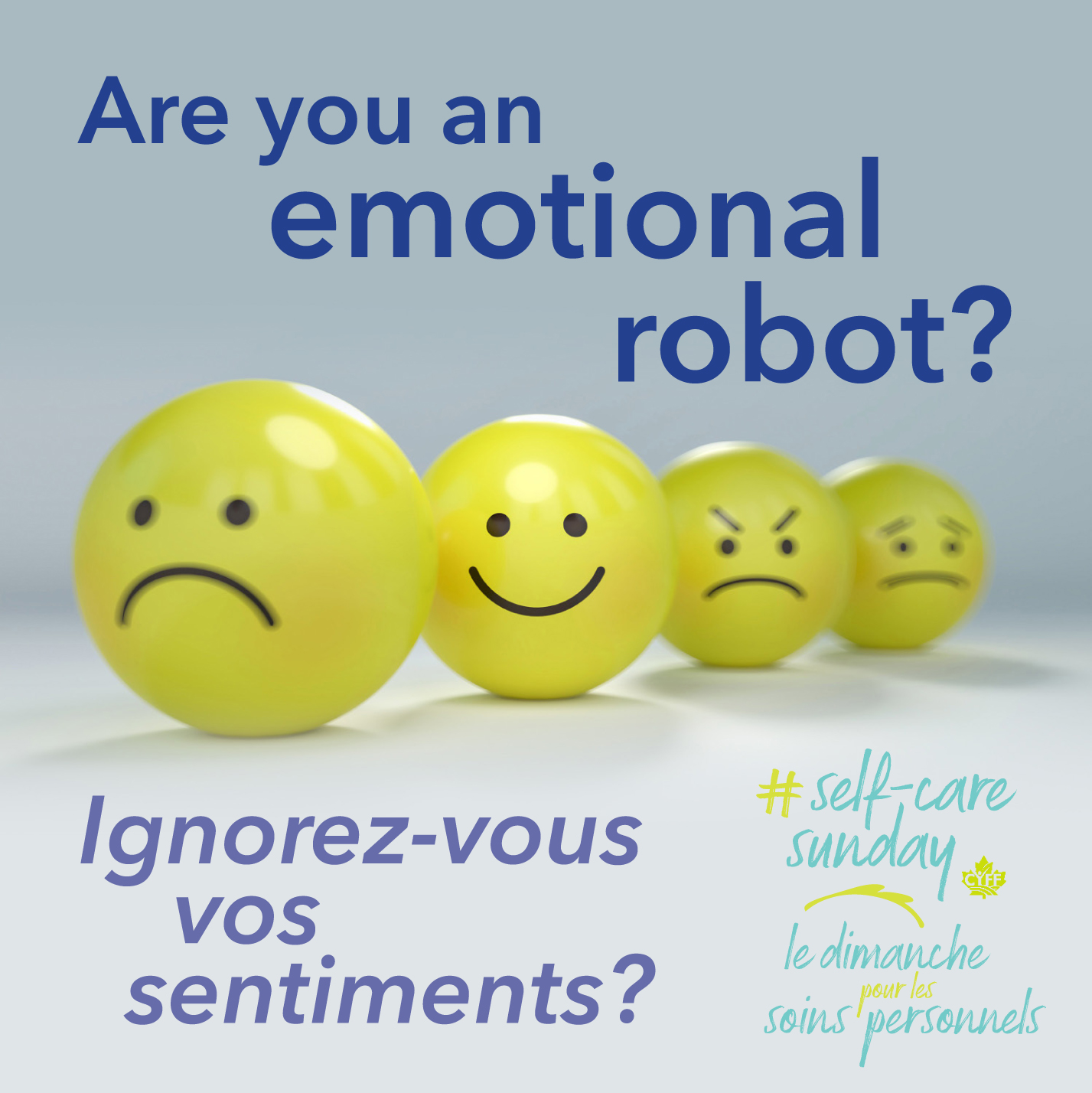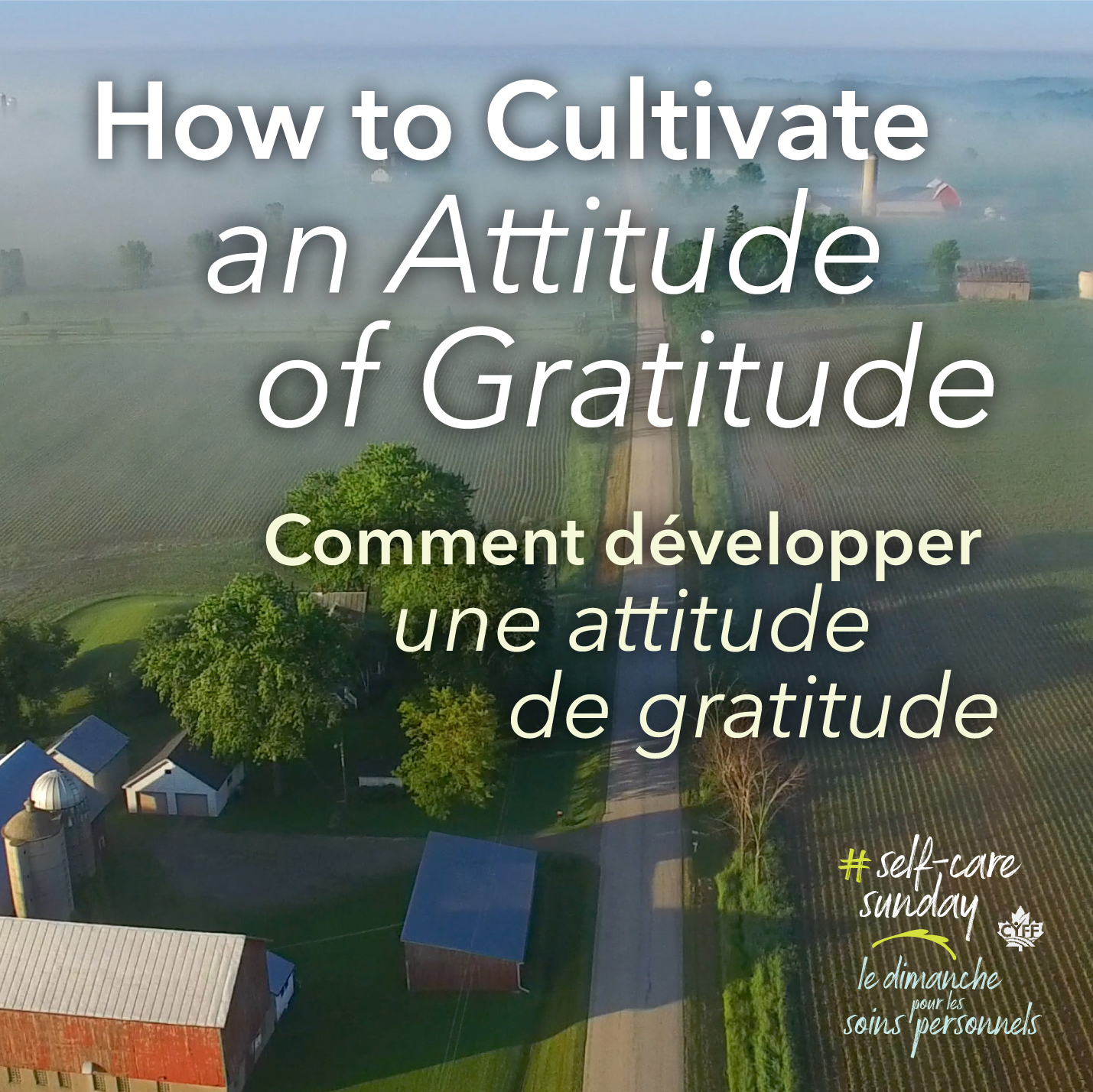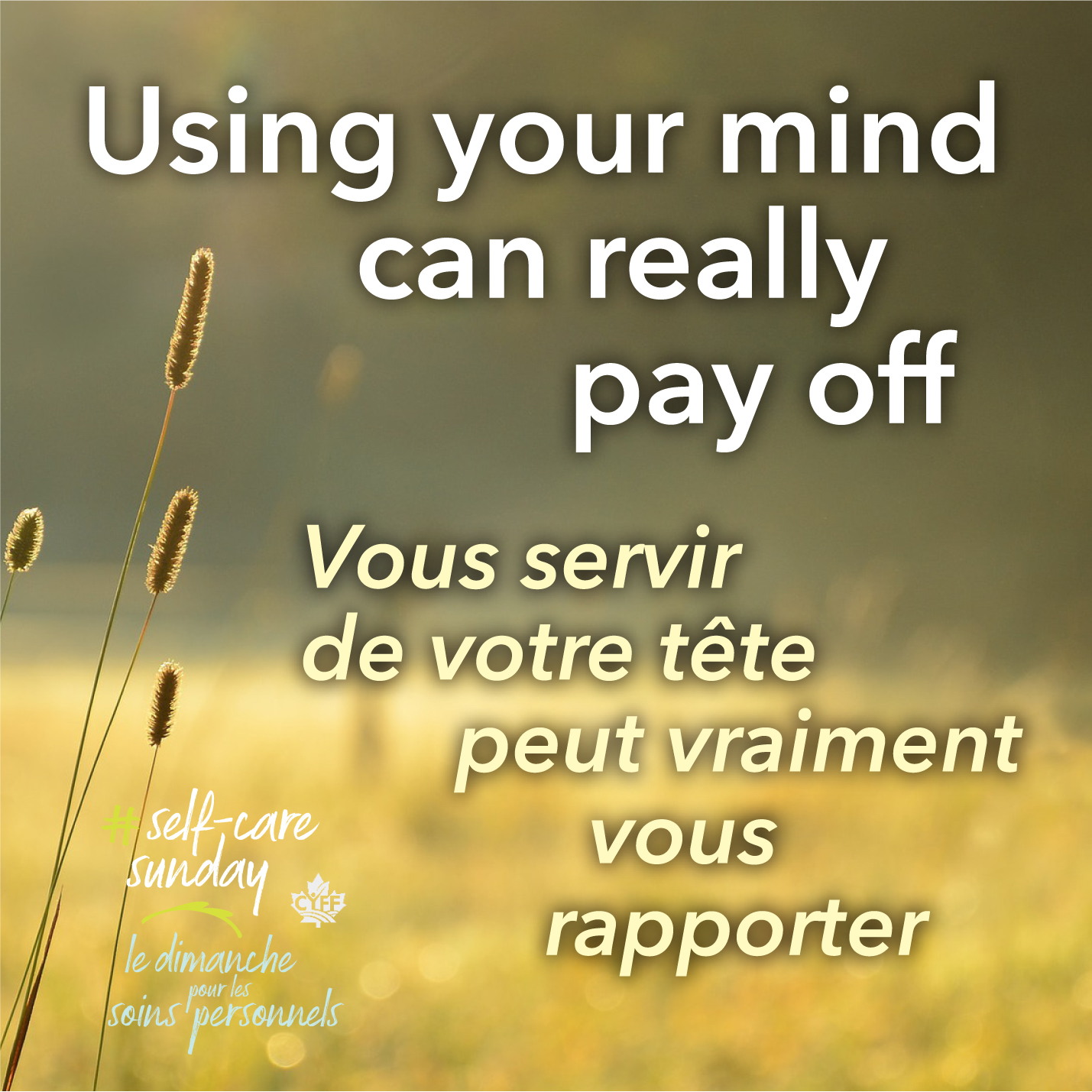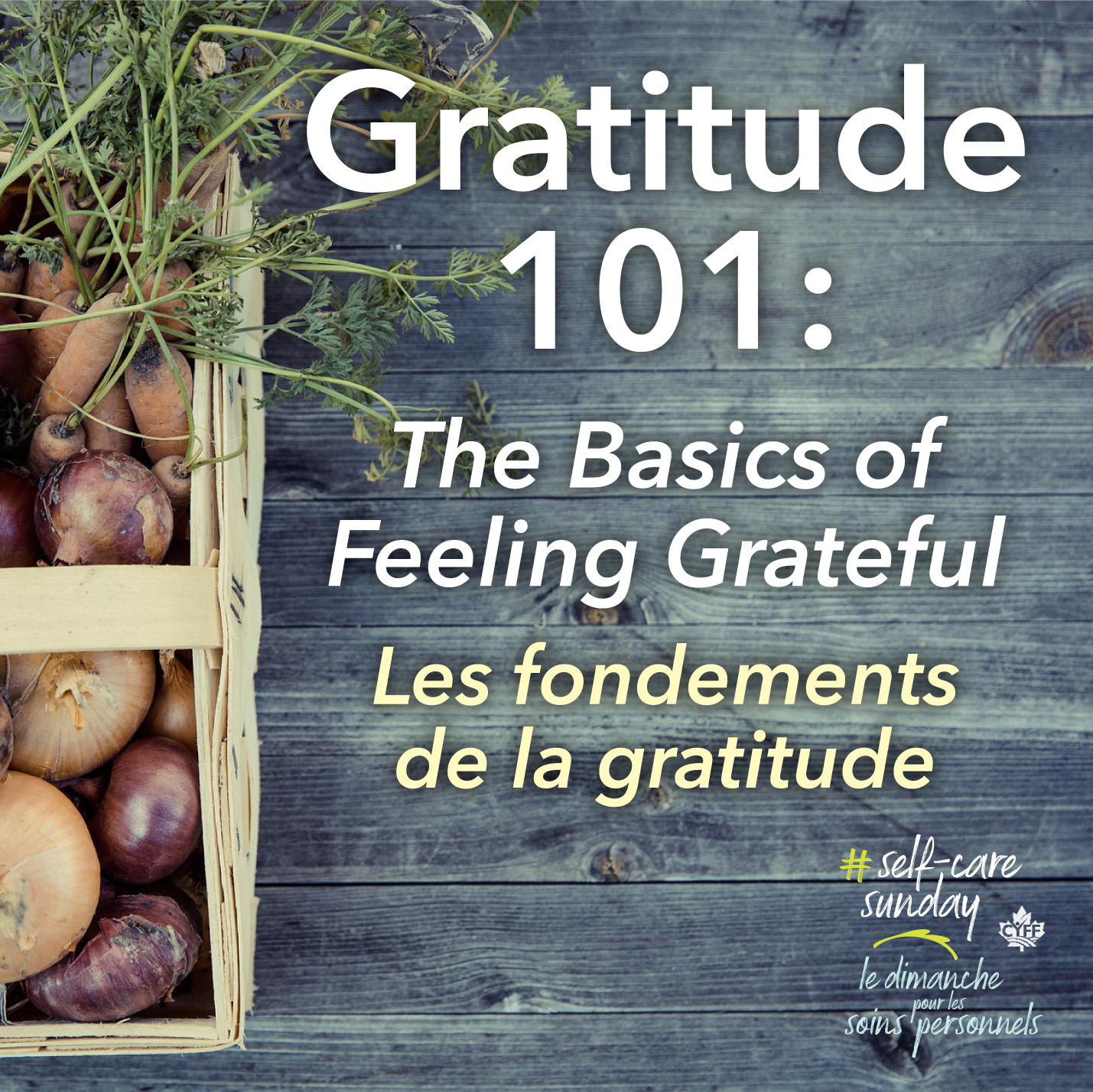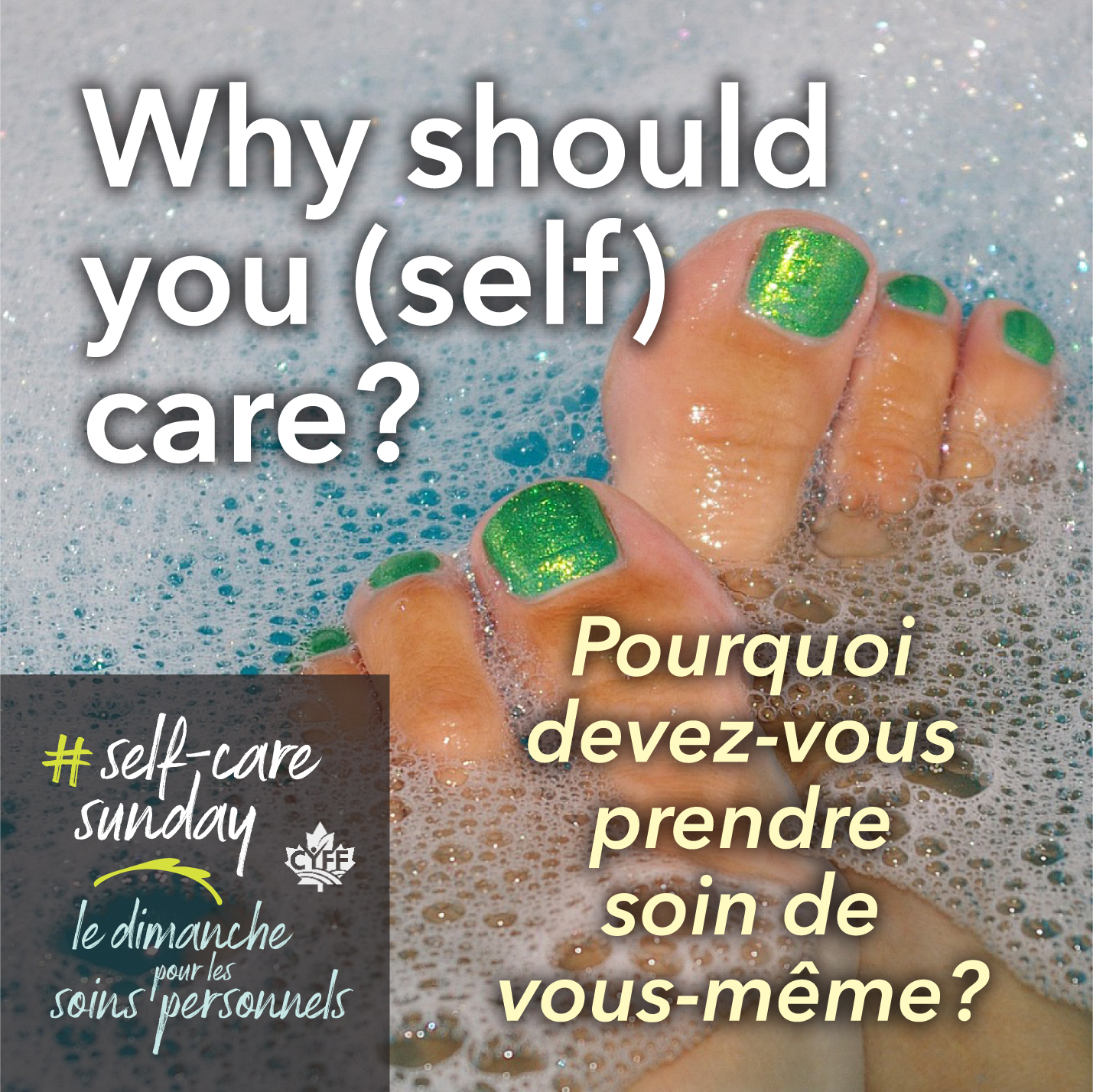

by Jess Campbell
Knowing you “should” feel gratitude is all well and fine. But how do you begin when you have a million other things to do?
We know that gratitude is a good thing and that it’s good for us. Presumably, you are interested in pursuing things you know to be good for you so that you can, y’know, live your best life and all that.
As much as you may think you know gratitude, there is always room for improvement. And while improving or increasing your level of gratitude is a great thing, it’s also good to recognize that everyone is different. (Duh.)
Except – maybe you find yourself considering this whole gratitude thing and not really knowing what it might look like for you. And that’s okay.
Here are some ways to begin cultivating gratitude. Whether you’re just starting out or are a seasoned gratitude practitioner, these tips will help you explore what gratitude is and feels like for you as well as how to experience it in your life.
COMMIT
Decide. Accomplish. Carry out. Perpetuate. Put a ring on it and marry it because your gratitude practice is only as deep and meaningful as your commitment to it. No matter what you do or do not believe in, practicing gratitude is of a spiritual nature. It asks that you look simultaneously within and outside of yourself, consider your values and decide to uphold them as your own truth. That’s spiritual, yes. But committing to practicing gratitude is also very powerful.
RECORD
Whether you write it down, record a video of yourself talking about it or record just your voice saying what you’re grateful for, the act of recording it in the first place is what counts here. Lots of people don’t feel comfortable writing; if that’s you, don’t do that. Find a medium you like and record what you’re grateful for that way. There are no Gratitude Practice Police waiting to sting you for using your phone to record a video instead of buying a beautiful notebook and writing it down with a fountain pen. (Although that is absolutely another great way to express your gratitude if that’s what you’re into.)
CHOOSE A TIME OF DAY
Preferably the same time of day, every day. Alternatively, if you’re new to this and freaking out a little (“I’ve gotta do this every flippin’ DAY?!”), start with one or two days. On those days, choose a time that works for you, like before you get into bed at night or as you’re drinking your morning cuppa. What you’re looking to do here is slide your gratitude practice next to something you’re already doing. It’s way less overwhelming this way, meaning you’re way more likely to stick with it.
FEEL STUFF
Uh oh. The F word.
People don’t like to feel things because a lot of the time, it hurts. Like, a lot. The funny thing about choosing not to feel things is that you end up hurting much worse than you would if you just sat in your feelings for a bit. Since we’re talking about gratitude, what you’re aiming to do is to allow that feeling to come up and let it do what it’s going to do. For example, consider the feeling you get when you witness a beautiful morning sunrise. It might make you grin like a fool; it might make you ugly cry. It might also make you do nothing and/or feel nothing. All of this is okay. The idea is to allow it to happen in the first place.
SHARE
If this whole idea of intentionally feeling gratitude has you panicked – grab a buddy. Ask if you can shoot them a text about what you’re grateful for and how that makes you feel. Then they can shoot one back telling you what they’re grateful for and how that makes them feel. We don’t need to get into the science of how things are easier and we stick with them longer when we have a buddy. Just know that cultivating more gratitude in your life is no different.
BE HUMAN
Learning new things can be hard. Choosing to feel grateful can be hard. Life can be hard. Allow yourself to be human. Practicing gratitude is not a game or a race or a competition of any sort. It is meant to bring you positive feelings and generally help you live a happier life. But we all have days where nothing goes the way we want it to go and the end result is grumpy instead of grateful. This is completely fine. Even just saying out loud, “I am grateful” five times when you’re feeling anything but can bring you back from whatever negative emotion your mind is trying to reel you into. Want to revel in the negative? Cool. Go do that. Just be sure to come back into gratitude as soon as you’re feeling up to it. Because as much as being human is complicated and messy – it is also incredibly beautiful. Gratitude can and will help you see that beauty, even when you aren’t looking for it. Gratitude allows you to see and feel the good in life. So, be good to yourself and cultivate an attitude of gratitude.

by Jess Campbell
So, you wanna start self-care, eh? Come a little closer and we’ll tell you how…
If you’re reading this – you’re awesome.
Not because you’re reading this article (although, thank you!) but because you are, presumably, seeking out ways that you, as a farmer, can take a crack at this self-care thing.
Because you’ve come to realize that hey, maybe getting super angry and crying every day isn’t normal.
Because you’ve begun to understand that working 16 hours a day and feeling totally defeated because you “didn’t get anything done” isn’t a frame of mind that serves you.
Because you’ve finally had the realization that you’re worth caring for.
Read on for actionable tips on how to begin caring for yourself as well as – or maybe even better than! – you care for your land, livestock and machinery.
TIP #1: TALK TO ANOTHER FARMER
No one can deny it – farmers love to talk! But chatting with your farmer friends has more benefit than hearing what their yields are or how much their herd is milking.
Speaking to someone about what’s bothering you is good – but speaking to someone who can respond with genuine empathy is better. Farmers understand the ups and downs other farmers have because, chances are, they’ve been there. Talking to a farming friend can often help you feel better because you know they truly understand.
TIP #2: TAKE A BREAK
We’re not talking three weeks on a beach (we wish!). As any farmer knows, it’s easy for the To Do list to become so long, it becomes your To Do For The Rest Of Your Life list. And you have to keep hammering away at that list because if you don’t do it, it won’t get done, right? Well, reverse that logic: if you take 10 minutes to get out of the combine to stretch your legs; to jump in the truck to make a coffee run; or to just lie back on the lawn to stare at the clouds and do nothing – the work will still be there when those 10 minutes are up. The difference is, you’ve allowed yourself to break, to breathe and maybe even relax.
TIP #3: MAKE A PLAN
No matter who you are or what you spend your time doing, having something to look forward to makes the days fly by. So, plan something! A dinner at home with friends. A phone call with someone you care about (points for chatting on your Bluetooth while working if you can’t take an hour out of your day). A celebration or other gathering of friends, family or neighbours. A concert to hear your favourite entertainer. Farming may be a humongous part of your life – but it is not actually your whole life, even though it can feel that way a lot of the time. Plan to spend even a little bit of your time exploring the other parts of your life, whether outside agriculture or not. It doesn’t have to be fancy but it helps if it’s fun. (No dentists, please. Sorry, dentists!)
TIP #4: GET OFF THE FARM
This ties into tip #3 but takes it up a notch. When was the last time you got off the farm for more than a few hours? For something unrelated to farming or agriculture? That was fun and relaxing and that you might want to do again? Hopefully, those memories come easy to you. If they don’t – it’s time to make a plan to take an extended break from the farm. There are certainly different times during the year when this is easiest said and done. But there is always a point in the year when you can get away for a few days and do something that makes you feel good. And for those who insist they absolutely cannot leave the farm – please refer back to every single Self Care Sunday article and Tip that we’ve published so far. (Spoiler alert: you absolutely CAN leave the farm.)
TIP #5: CARE ABOUT YOURSELF
Self-care begins with, well, caring about yourself. Noticing that you’re not happy. That the things which used to bring you joy no longer do. That the relationships you’re in no longer serve you – including the relationship you’re in with yourself. Noticing all of these things and more, and understanding that you are worth the change. These changes don’t have to be huge; they can be small things, like making your bed every morning or putting the breakfast dishes IN the dishwasher or sink instead of next to it. Over time, small changes add up to big results. On the other hand, the changes you make can be big – that’s okay, too! The beautiful thing about caring for yourself is that it’s entirely up to you how you approach and accomplish that.
The point is that you know you’re worth caring for in the first place.
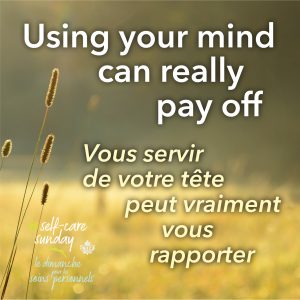
by Jess Campbell
We use our brains every day, all the time, without even thinking about it. But – what would happen if we did think about it?
Mindfulness.
Almost everyone has heard this term, but many are slightly confused about its meaning – and are definitely unaware of just how beneficial even a few minutes of mindfulness can be to one’s life.
If you’ve never heard of it, mindfulness is simply learning to become aware of the present moment. Most of the time, you’re likely thinking about what happened on the farm yesterday, what’s going to happen later today and probably what’s going to happen tomorrow or even next week. Especially during this time of year when many are either in the fields for harvest or eager for it to get underway, it’s not often you’re able to just be present in the moment.
Mindfulness can help with that.
Before you write mindfulness off as hippie dippie or a waste of time, consider this: studies have shown that participants practicing mindfulness meditation demonstrated “a change in grey matter concentration in brain regions involved in learning and memory processes, emotional regulation, self-referential processing and perspective-taking.”[1] Basically, mindfulness changes your brain for the better. Who doesn’t want that?
Outside of physical changes to the brain, mindfulness has also been linked to decreasing depression, anxiety, pain and a host of other emotional and physical ailments (think blood pressure, quality of sleep, concentration and focus, etc.). There is also evidence to suggest that “long-term meditation practice might help preserve brain structure and function from progressive age-related decline”[2] meaning it can help your brain slow down its own ageing process.
There are clearly benefits to cultivating mindfulness in your daily life. But how do you get started?
One of the more fantastic things about incorporating a mindfulness practice is that you can literally practice anywhere, at any time. You do not need to stop what you’re doing, drop into a criss-cross-applesauce seat in the middle of a field and hum ommmm to yourself for 20 minutes (although if you’re into that, go right ahead). We’ve already established that mindfulness is about becoming more aware of what’s happening right in front of you. To begin a mindfulness practice, then, means turning that concept into reality.
The next time you’re in the tractor, milking cows, driving to pick up parts or otherwise going about your work, deliberately bring your attention to what is going on around you. Instead of letting your mind wander into the potential of what might happen in an hour, focus on what’s happening right now by asking yourself the following:
- What can I see, hear, smell and taste?
- What does it feel like to be touching (this wrench, the steering wheel, this cow/chicken/pig/dog, my child’s hand)?
- How does my body feel right now? Where do I feel tense? (Pro tip: many of us unconsciously hold tension in our jaw and throat. Try releasing that tension now by opening and closing your jaw a few times and relaxing your tongue inside your mouth.)
See if you can narrow your focus this way a couple of times throughout your day. Once you’re able to do that consistently, you can start to think about the next step in cultivating mindfulness: meditation.
Just like mindfulness, meditation does not have to be difficult or take a long time. Even practicing for one minute (yes, one minute!) can benefit you.
To begin, find a quiet, comfortable place to sit or lay down (although if you’re prone to falling asleep quickly, it’s better to sit up). Set a timer on your phone for one minute, close your eyes and focus on your breath as it comes in and goes out of your body. If your mind wanders or you find yourself thinking of several other things, that is totally normal and very common when first beginning meditation. Gently bring your focus back to your breath. When your timer goes off, you’re done.
There are many different apps, like Insight Timer, Calm and Headspace, that are free to download and will help guide you in learning to meditate and grow your mindfulness practice. Give it a try and see how you feel. If you find yourself getting frustrated, understand that mindfulness and meditation is a long game; the more you practice, the better you’ll get. And the better you’ll feel.
[1] https://www.ncbi.nlm.nih.gov/pmc/articles/PMC3004979/
[2] https://alzres.biomedcentral.com/articles/10.1186/s13195-018-0388-5




